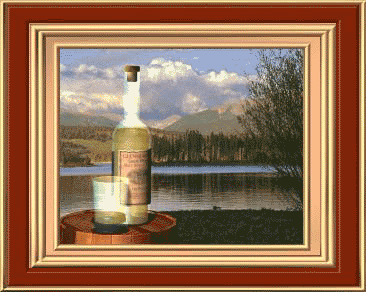Discerning drinkers were denied the allure and sensuous pleasures of single malt whisky for decades. While Scotland had over a hundred distilleries producing malt , most of that production went into blended Scotches. The few who marketed their malt whisky "straight" were considered the exception to the norm. Fortunately, the past two decades have led to an astonishing growth in the number of single malts available.
The term "Single Malt" alludes to the fact that the whisky comes from a single distillery. Bottlings of single malt can contain whisky from several casks and most often do, whereas the term single single could refer to a bottling from a single cask. The practice of combining exclusively malt whisky from different casks, at a single distillery, is called vatting. Once combined they are sometimes kept in wood for a period to marry.
If it is all malt whisky from a single distillery, it is a single malt. Some distilleries might use the less precise term pure malt to describe a single but this term, or malt whisky, is most often used to describe the product when several malt distilleries have contributed.
Until the 1980's, single-malt whiskies remained rare outside Scotland. There were exceptions, like Glen Grant, but the large whisky companies, those who had made their fortunes out of blended whisky, were opposed to spending money and resources promoting single malts.
By the mid 1970's, stocks of whisky in bond were the highest they had ever been, and were rising fast. In 1963, the directors of Willian Grant & Son, owner of the Glenfiddich Distillery, resolved to set aside stock with the view to promoting their whisky as a single malt.
Designed
Maintained









